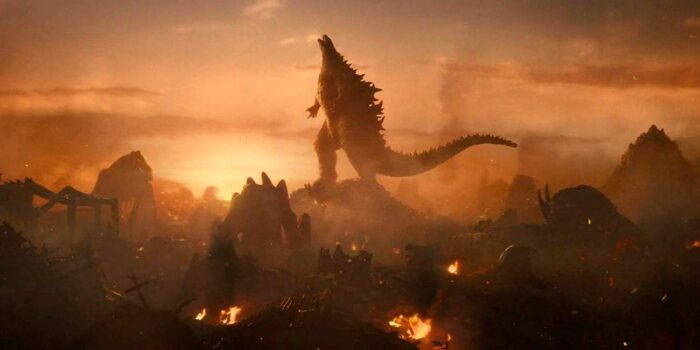
What is the real thing about Godzilla? Video shows the keys behind the US and Japanese versions
In the vast universe of monster movies, few names resonate with the echoes and majesty of Godzilla. But have you ever wondered why the definitions of Godzilla differ so much between the United States and Japan? A fascinating video from Accent Cinema takes us to this question, revealing not only tangible differences, but also what our perception of giant monsters or kaiju is like, and more importantly, of ourselves.
The core of Godzilla: between entertainment and symbolism
The premise of the video is as simple as it sounds: while the American version of Godzilla focuses on the monster itself, the Japanese interpretation shows what Godzilla represents for life and society. This comparison is not just aesthetic or narrative; It is a fundamental difference in the philosophy of storytelling.

In the United States, Godzilla is a star. The films focus on scenes of battles with other monsters, emphasize special effects and unbridled action. It’s entertainment in its purest form, where kaiju are both protagonists and antagonists, and humans are often reduced to mere spectators or, better yet, strategists in a war beyond their imagination.
The Vision of Japan: The Mirror of Truth
Japan, on the other hand, sees Godzilla as a mirror of its own experiences and fears. Here, Godzilla transcends his role as a mere attraction to become a symbol of the real dangers that have befallen the country: war, nuclear disasters, natural disasters. Japanese films use the monster to create deep reflections on topics such as human responsibility, technology out of control, and vulnerability to forces beyond our control.


This approach not only enriches Godzilla’s story, but also invites viewers to reflect on the relationship between humanity and the forces of nature, how our actions affect the world around us. In doing so, it transforms Godzilla from a simple destructive monster into a powerful symbol of warning and contemplation, encouraging viewers to think about a harmonious coexistence with our planet.
The echo of personal feelings
The creator of the video shares his insights on these two versions of kaiju, showing the connection that Japanese films allow to combine Godzilla’s narrative with real-life tragedies. This perspective resonates with many fans who appreciate the emotional and thematic depth that Japanese cinema prints in its giant monster stories.
We invite our readers to immerse themselves in this video and consider not only the differences between the American and Japanese versions of Godzilla, but also what these differences mean for our understanding of heroes and monsters in popular culture. Do we see God as a giant beast destined to be destroyed and vanquished, or as a reflection of our own struggles, fears, and hopes of the real world?
This analysis invites us to reflect not only on the differences between interpretations of Godzilla, but also on the nature of cinematic narrative in different cultures. While one prefers spectacle and action, the other seeks to delve deeper into social and existential themes. But both reflect our unique relationship with cinema and the monsters we live with and face, both on the big screen and in real life.
